Bunions can be incredibly painful and debilitating, preventing you from enjoying the simplest of activities like a walk through the neighborhood, a hike with loved ones, or even playing with your kids outdoors.
Unfortunately, you can’t reverse this foot deformity once it takes hold on your toe. Instead, it’s a matter of managing it and preventing it from getting worse. This is why your footwear is so important, specifically, for avoiding bunions in the first place.
So, are barefoot shoes good for bunions? As a matter of fact, these are the best shoes you can wear for managing bunions! This is because they have a much wider toe box that gives your toes room to spread out naturally.
Learn more about barefoot shoes and bunions below, including tips on choosing the best barefoot shoes for bunions to finally enjoy relief. Hike Footwear has developed barefoot shoes that have helped thousands of people like you - try them out risk-free for 30 days!
Basic Overview of Barefoot Shoes and Bunions
Before we get into the barefoot shoes benefits for bunions, let’s take a moment to explain the unique characteristics of this footwear along with some background information on bunions.
What are Barefoot Shoes?
So, what are barefoot shoes? Also known as minimalist shoes, these are designed to replicate the natural sensation of walking barefoot while still providing protection and support - the best of both worlds. Here are some of their key feaures:
- Thin, Flexible Soles: Soles usually range from 3mm to 8mm thick, which allow for maximum sensory contact with the ground. This promotes better balance and proprioception, as your feet can feel and react to the terrain beneath them.
- Zero Heel-to-Toe Drop: Traditional shoes often feature elevated heels, but barefoot shoes maintain a zero drop. This means there is no height difference between the heel and the toe, which encourages a more natural posture and gait to reduce strain on the joints and spine.
- Wide Toe Box: This is perhaps the most important feature as it pertains to barefoot shoes and bunions. This design supports proper toe alignment and reduces the risk of developing foot deformities. For those already dealing with foot deformities, it provides relief.
- Lightweight and Breathable Materials: These keep the feet cool and comfortable. The flexibility of these materials ensures that the shoes move with your feet, allowing for unrestricted movement.
You can learn more about the differences between regular vs barefoot shoes in our blog if you’d like - but let’s narrow our focus to bunions below.
What are Bunions?
Bunions, medically known as hallux valgus, are bony protrusions that develop at the base of the big toe. They occur when the big toe pushes against the next toe, causing the joint at the base of the big toe to become enlarged and misaligned. This can lead to a variety of symptoms:
- Pain and tenderness
- Swelling and redness
- Restricted movement
- Calluses and corns
These symptoms become aggravated when wearing tight footwear that applies pressure to the bunion.
Speaking of shoes, improper footwear is the most common cause of bunions, as the toes are smashed together with a tight, tapered toe box. High heels specifically are a common offender, but so are athletic shoes.
Other causes include genetics, poor foot structure (flat feet or low arches), and medical conditions such as arthritis. Whatever causes them, they’re uncomfortable and can get in the way of living life to the fullest.
Because there is no way to reverse the damage that’s done, it’s essential to implement strategies for managing the issue and preventing it from worsening. This begs the question, are barefoot shoes good for bunions?
Are Barefoot Shoes Good for Bunions?
So, will barefoot shoes help bunions? Absolutely. In fact, this is the best type of footwear for those experiencing bunions. We’ll explain why below and look at a few other benefits of choosing to go barefoot.
How Do Barefoot Shoes Help Bunions?
The biggest issue for those suffering from bunions is constant pressure on the toe in question. This not only agitates pain and discomfort but can cause the bunion to grow over time.
That’s why you need shoes with an ultra-wide toe box, and barefoot shoes fit the bill perfectly. They allow your toes to spread naturally which reduces the pressure on the big toe joint where bunions form, alleviating pain.
The minimalist design of this shoe also encourages your feet to strengthen over time. Without artificial supports in place, the muscles, tendons, and ligaments around the foot have to adapt. This provides better support for the bunion.
There’s also enhanced circulation when you switch to barefoot shoes. These alleviate pressure on the foot from all angles which improves blood flow. In turn, inflammation and swelling around the food is reduced.
Because the shoes have a zero heel-to-toe drop, weight is distributed more evely across the entire foot. This further reduces stress on the big toe joint, mitigating pain and preventing the bunion from getting worse.
Meanwhile, the flexible materials mold to the bunion on your toe rather than pushing against it. This is great even for those who don’t have bunions as it gets you an almost custom fit.
Finally, there’s the concept of proprioception - which is your body’s ability to sense its position in space. Barefoot shoes allow you to feel the ground better than their traditional counterparts. Thus, you can reduce awkward movements that might exacerbate bunion pain.
Other Foot Deformities This Style Can Alleviate
So, are barefoot shoes good for bunions? There’s no question! However, bunions are just the tip of the iceberg for this minimalist footwear. Are barefoot shoes good for plantar fasciitis? They sure are! Here are some other foot deformities that this style can aid in:
- Hammertoes: The spacious toe box in barefoot shoes prevents the toes from being cramped, which can alleviate the symptoms of hammertoes by allowing the toes to lie flat and move freely.
- Flat Feet: The lack of arch support in barefoot shoes encourages the foot muscles to develop naturally, reducing the discomfort caused by flat feet.
- Morton's Neuroma: The roomy toe box and flexible materials of barefoot shoes reduce pressure on the metatarsals, alleviating pain and discomfort associated with Morton's neuroma.
Whether you’re looking for plantar fasciitis shoes or shoes for neuropathy, shoes for arthritis, or anything in between, going barefoot is one of the best decisions you can make.
More Benefits of Barefoot Shoes
Aside from alleviating foot deformities, barefoot shoes provide additional advantages for everyday people and athletes alike:
- Enhanced Athletic Performance: The natural foot movement supported by barefoot shoes can improve overall agility and performance in various physical activities. This is why you may be interested in the best barefoot lifting shoes or barefoot shoes for hiking.
- Environmental and Ethical Benefits: Many brands focus on sustainable and ethical production practices, making them an environmentally friendly choice compared to massive brands who prioritize profits.
- Improved Posture and Gait: By promoting a natural walking pattern, barefoot shoes can help improve overall posture and gait, reducing the risk of injuries. This is why barefoot shoes are better than traditional running shoes.
- Versatility: These shoes are suitable for everything from daily wear to sports, making them a versatile addition to your wardrobe.
All things considered, investing in non-slip barefoot shoes is a no-brainer. We’ll help you choose the right footwear and get used to it below.
Tips on Choosing the Best Barefoot Shoes for Bunions and Making the Adjustment
There’s no question that barefoot shoes and bunions are a match made in heaven. However, you need to choose the right deisgn to actually find relief.
Understanding barefoot shoes sizing and best practices for walking in barefoot shoes also plays a part in how effective this modality can be in managing bunions. Here are some tips to help you get started.
What to Look for in High-Quality Barefoot Shoes for Bunions
The most important thing to consider in choosing your barefoot shoes is the toe box. It should be wide enough that even when spreading your toes as far as possible you’re not rubbing against the sides of the shoes.
Take note of the materials used as well and be sure you’re getting lightweight, flexible, and breathable materials. The sole should walk the line between offering protection from the ground while allowing you to feel as much of it as possible.
Look into whether the shoes have any sort of scientific backing, as this will be a good indicator of just how ergonomic the design is. Recommendations from podiatrists or orthopedic experts will give you assurance you’re on the right track.
Other things you can look into include money-back guarantees for peace of mind and customer reviews for additional insight into just how well the shoes work for managing bunions. We’ll introduce a selection that checks all these boxes and then some below.
What Makes Hike Footwear the #1 Choice?
Hike Footwear offers a wide variety of women’s barefoot shoes and men’s barefoot shoes, and even barefoot shoes for kids, that can help you or a loved one find rapid relief from bunions.
We designed our footwear alongside experts to ensure they supported natural foot movement, stimulated blood circulation, and gave the toes enough room to move freely as nature intended. We’ve even included an orthopedic insole for additional comfort.
The ultra-thin sole is slip-resistant, so you can take every step with confidence whether you’re navigating tough terrain in our barefoot boots for hiking or heading out on a wet, freezing day in our barefoot shoes for winter. Our barefoot lifting shoes help you perform your best in every rep.
We’ve earned the trust of more than 1,450,000 happy customers and counting and our shoes have been featured on CBS, ABC, MSN, Yahoo!, and more. Here are just a few of the many reviews we’ve earned along the way:
“I have 7 pairs of your shoes. I love them so much. I’ve had 6 knee replacements and fusion in my back. I was having problems wearing New Balance shoes. Switching to these shoes my bunions are gone and I’m standing up straight. I can walk better ‘barefoot’.” - Debra
“This is the most comfortable shoe I ever wore. I have bunions on both feet and this shoe is so light and the toe box is roomy enough that there is no pressure on my bunions.” - Linda
“These barefoot shoes have significantly reduced my discomfort – I can walk without worry.” - Brayden
Whether you just want relief from bunions or the best barefoot shoes for kids, high top barefoot shoes, barefoot work shoes, or anything in between, your search ends here at Hike Footwear. Place your order with confidence as it’s backed by our 30-day money-back guarantee!
Selecting the Right Fit
Sizing is everything when it comes to barefoot shoes and bunions. Take your time to carefully measure both the the length and width of your feet to ensure you select the right size.
Remember that one foot may be slightly larger than the other, so choose a size that accommodates the larger foot. Use our intuitive size chart, and reach out if you have any questions.
If possible, try on the shoes at the end of the day when your feet are most swollen. This helps ensure the shoes will be comfortable all day long. We offer hassle-free returns so if there are any issues don’t hesitate to get in touch so we can make it right.
The goal is to leave enough space the toe box to wiggle your toes comfortably. The shoes should fit snugly around the midfoot and heel without squeezing.
Walk on different surfaces to test the fit and comfort of the shoes. Pay attention to any areas that feel tight or cause discomfort - but be aware that there will be an adjustment period where your feet will be more sore at first. That’s why you should follow our gradual transition plan below.
Gradual Transition Plan
Transitioning to barefoot shoes requires patience. If you think about it, your feet have become weak and feeble as a result of relying on the artificial supports in traditional footwear. You need to build them up slowly over time.
So, begin by wearing your barefoot shoes for short periods, such as 15-30 minutes a day. Gradually increase the duration as your feet adapt to the new footwear.
While you’re at it, incorporate foot-strengthening exercises like toe curls, arch lifts, and calf raises to build the necessary muscles for barefoot walking.
Initially, wear your barefoot shoes on soft, natural surfaces like grass or dirt. As your feet become stronger, gradually introduce harder surfaces like concrete or asphalt.
More Advice on Dealing With Bunions Beyond Upgrading Your Footwear
Before we bring this guide on barefoot shoes and bunions to a close, here are some more tips on dealing with bunions besides making the switch to minimalist footwear.
Exercises and Stretches for Bunion Relief
Many of the exercises we mentioned above can also provide bunion relief, so continue to perform those even after you’ve successfully transitioned over to barefoot.
Toe separators can further help realign the toes, and using a resistance band to gently pull the big toe away from the other toes can stretch and strengthen the muscles around the bunion.
Performing foot rolls with a tennis ball under the arch of your foot can massage and relieve tension in the foot muscles. Ankle circles and stretching your toes by gently pulling them can also improve flexibility and reduce discomfort.
Lifestyle Changes and Preventative Measures
A few simple lifestyle changes can make a big difference as well. Here are some tips:
- Maintaining a healthy weight reduces the pressure on your feet.
- Using bunion pads or orthotic inserts can provide additional cushioning and support.
- Avoid activities that put excessive stress on your feet,
- Incorporate low-impact exercises like swimming or cycling to stay active without exacerbating bunion pain.
Is Surgery Worth It?
In severe cases where conservative treatments fail to provide relief, bunion surgery might be considered. Surgical options range from removing the bony protrusion to realigning the bones in the foot.
However, this should be your last resort due to the risks and recovery time. Consult with a podiatrist or orthopedic specialist to discuss if surgery is necessary based on your condition.
Wrapping Up Our Guide to Barefoot Shoes and Bunions
So, are barefoot shoes good for bunions? If so, how do barefoot shoes help bunions? In summary, this minimalist approach to footwear can make a profound difference for those struggling with the pain and debilitation of bunions.
They have features like wide toe boxes, zero heel-to-toe drop, and flexible soles to support natural foot mechanics and prevent further deformities. They’re the best shoes for anyone suffering from bunions.
Our blog has additional insights on why barefoot shoes are so expensive and whether or not you should wear socks with barefoot shoes. Otherwise, the only thing left to do as we wrap up our guide to barefoot shoes and bunions is invest in the right shoes at Hike Footwear.
Say goodbye to bunion discomfort and hello to natural, pain-free walking with our expertly crafted barefoot shoes. Shop now at Hike Footwear - your path to healthier feet and a happier life starts here!
![[HIKE Orthopedic Soles - Black]](http://hike-footwear.nl/cdn/shop/files/1_2e178206-1e1d-4da7-a519-e25a543f86d7_{width}x{height}.png?v=1755498413)




































































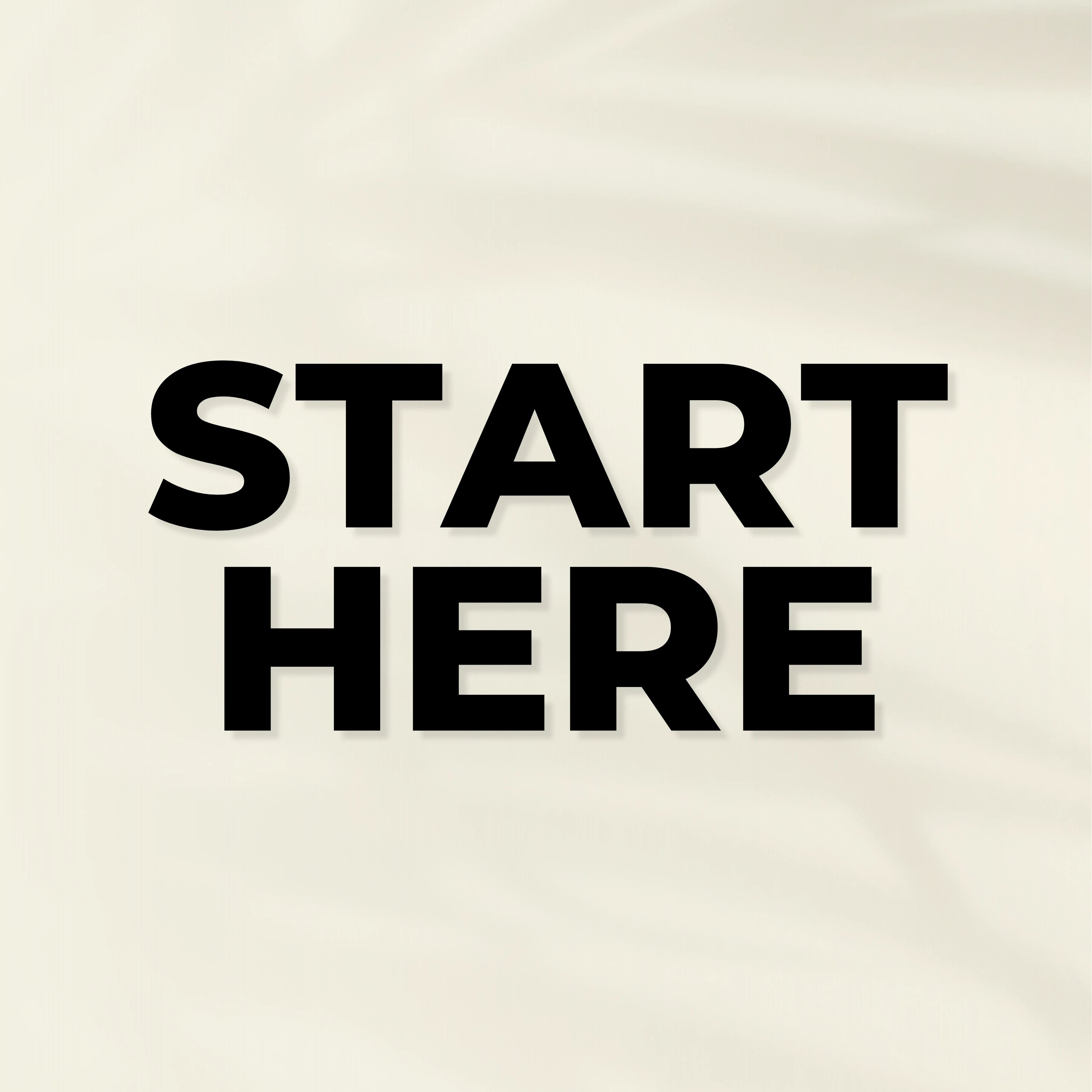

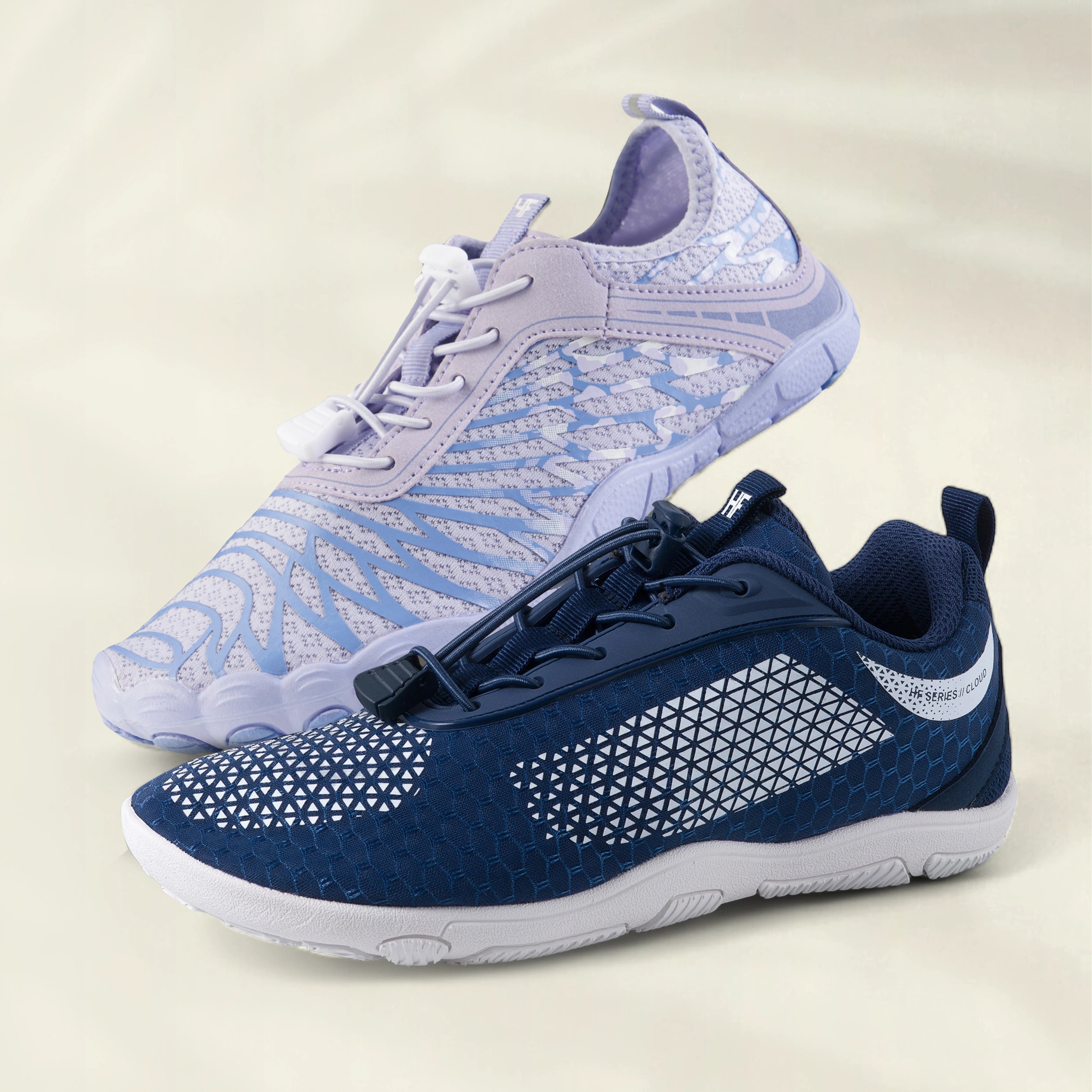
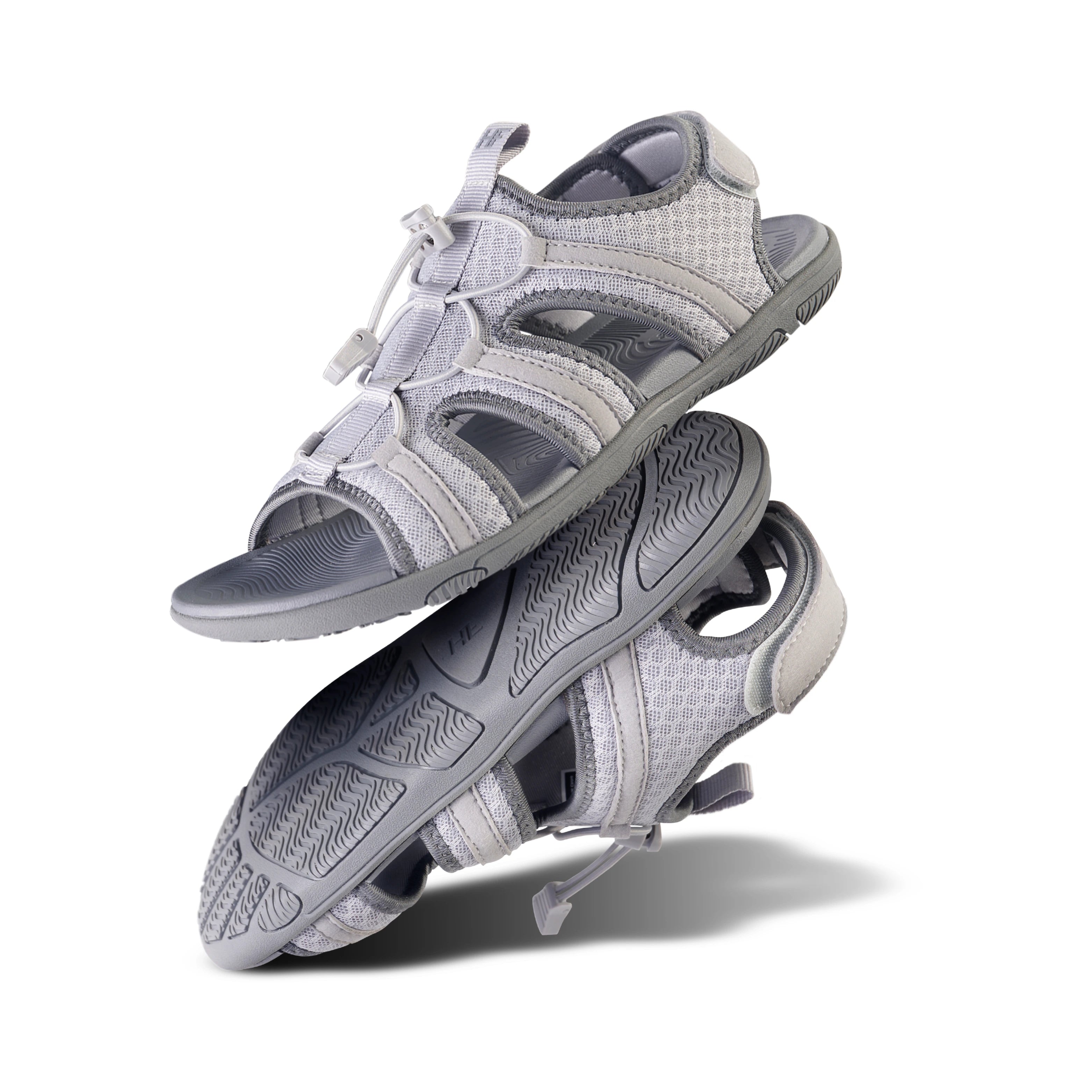
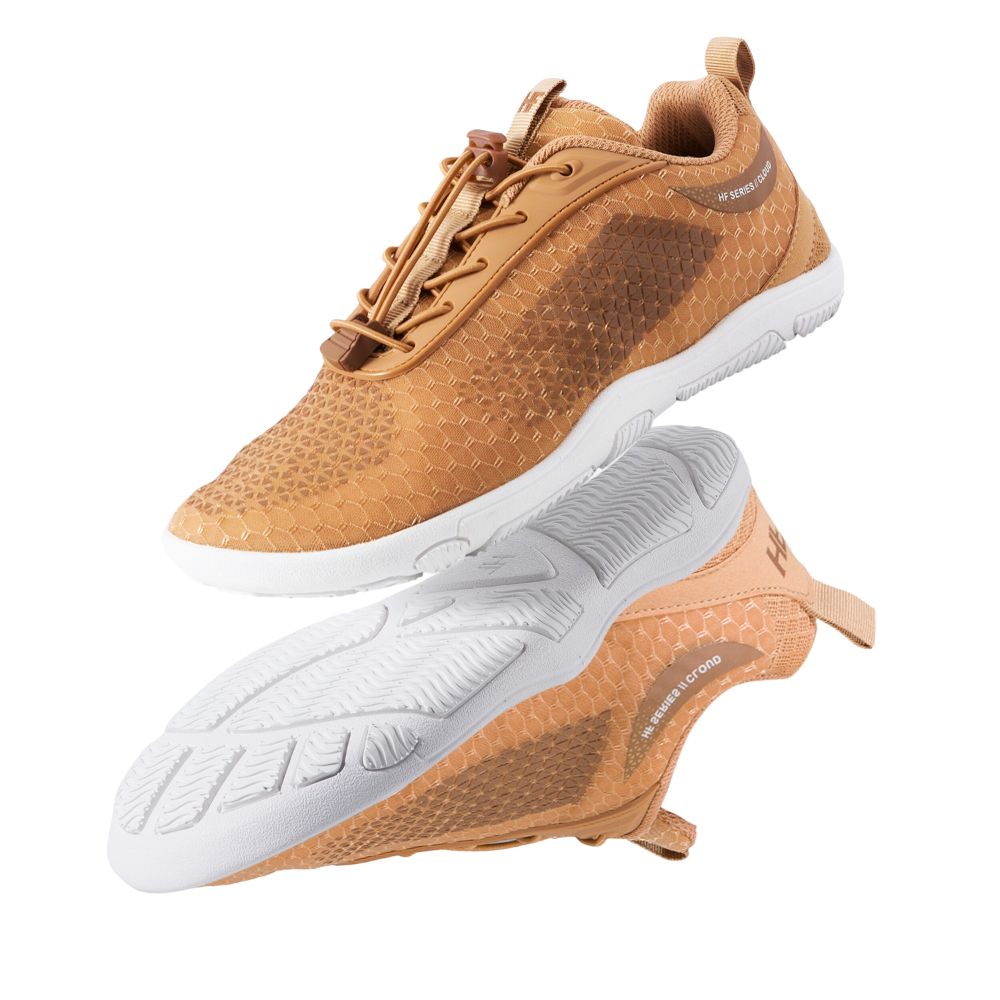
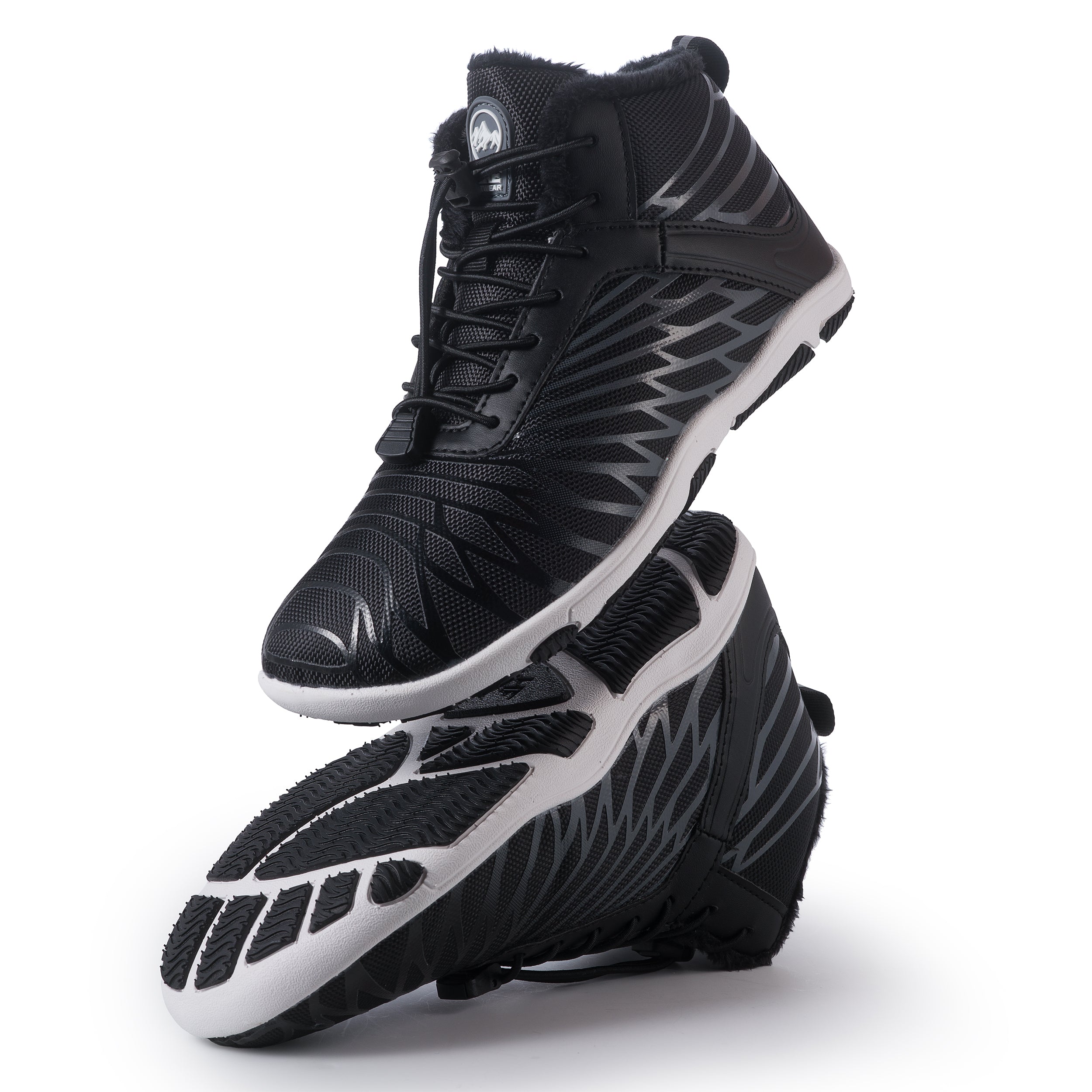
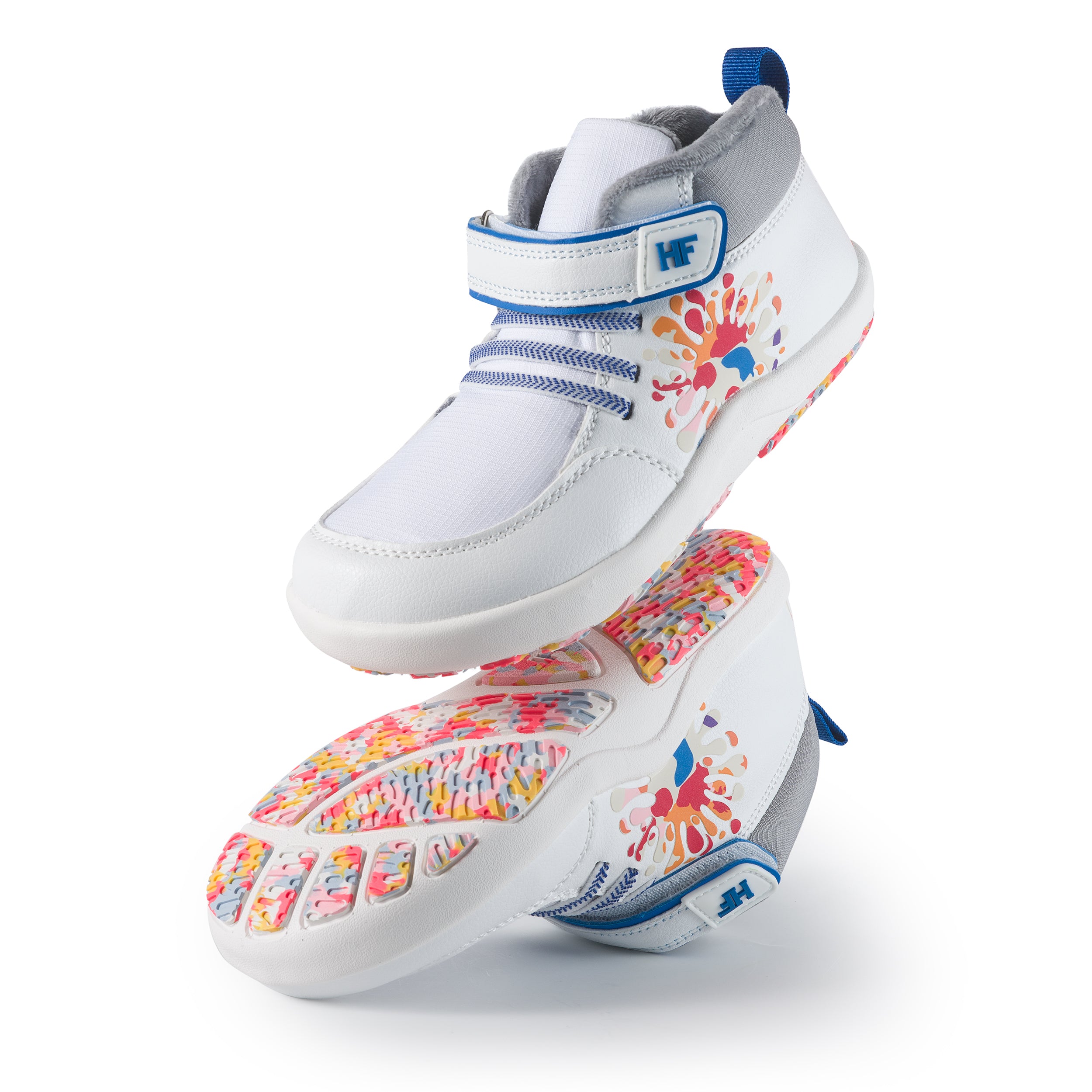
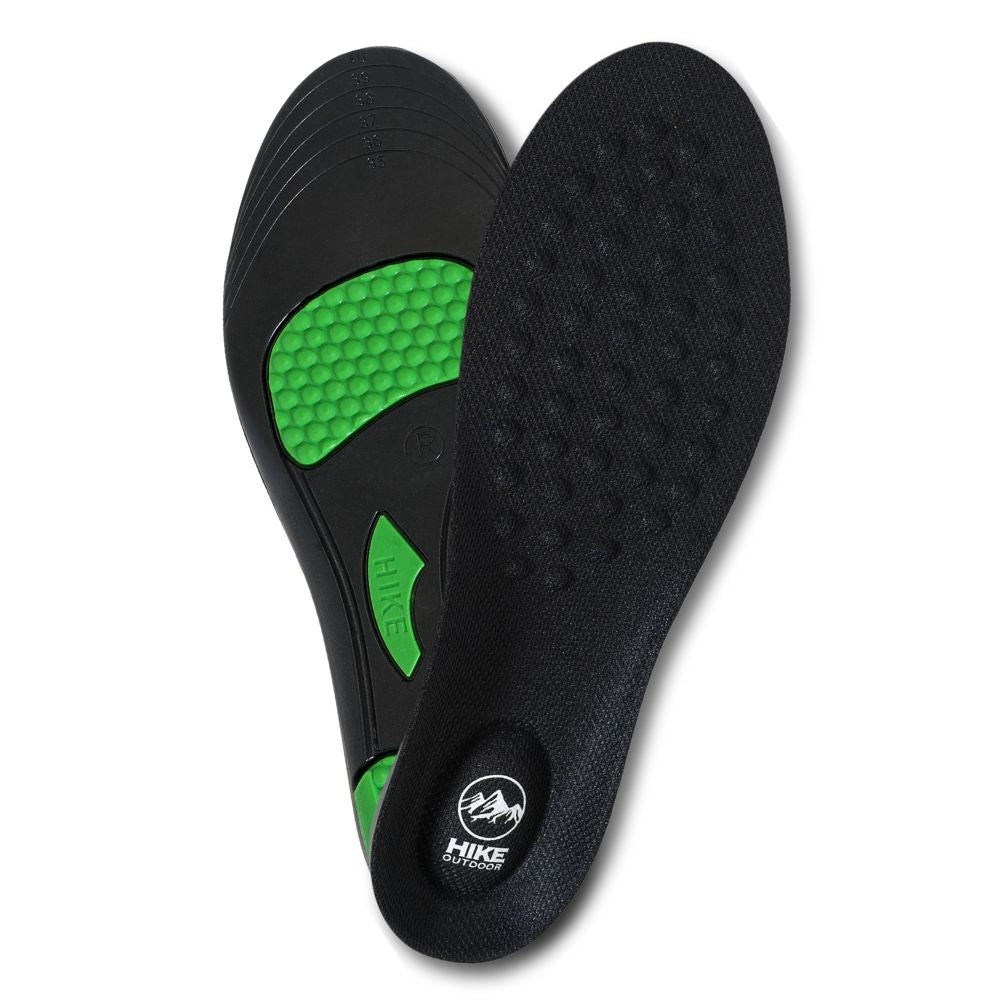
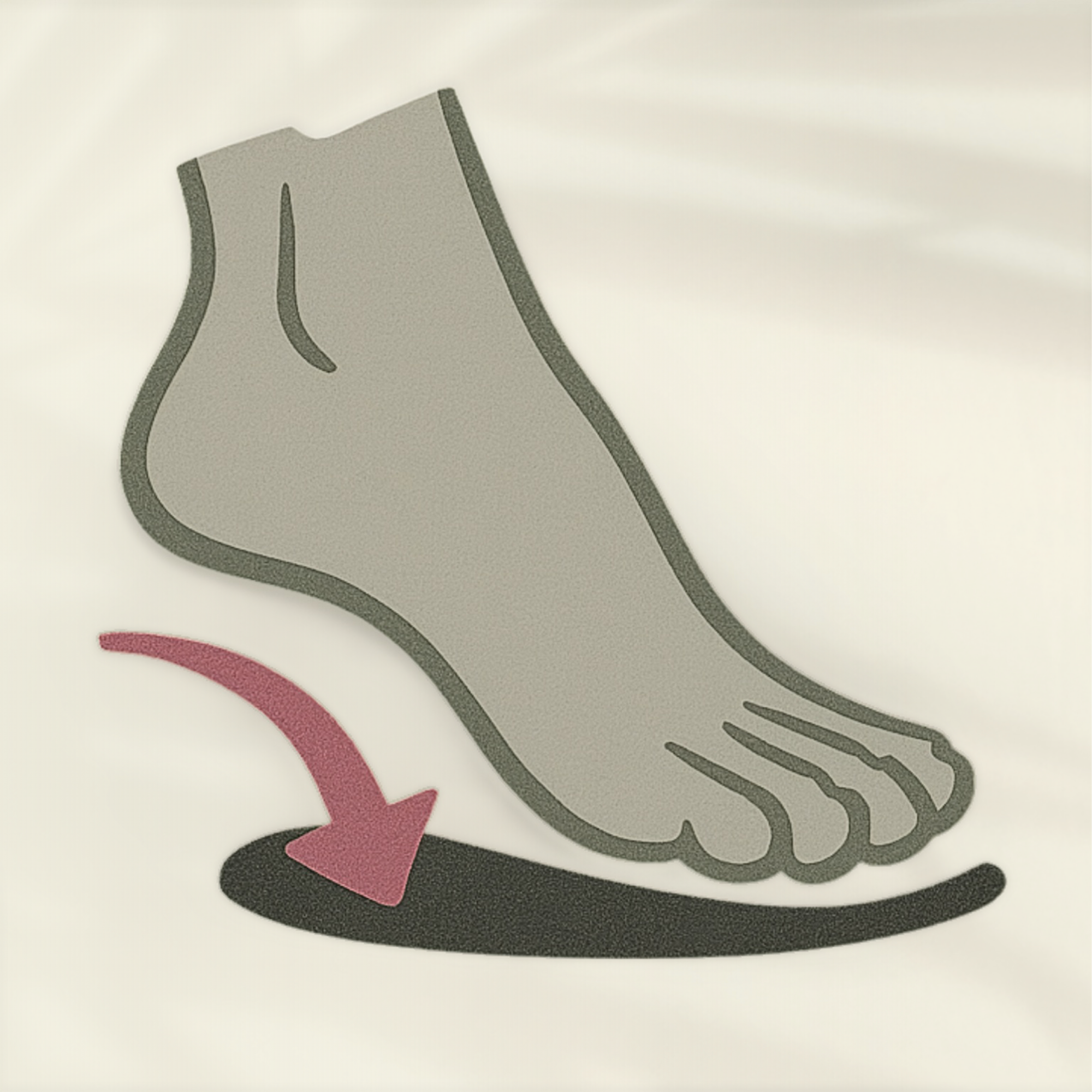


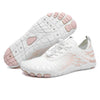
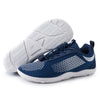
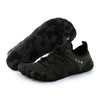
![[NIEUW] HF Shade – Barefoot schoenen voor de hele dag comfort en verlichting van voetpijn (Unisex)](http://hike-footwear.nl/cdn/shop/files/HF_Shade_Blue_100x.webp?v=1759134417)

![[Lorax Pro - White / Pink]](http://hike-footwear.nl/cdn/shop/files/Lorax-Pro-White-Google_{width}x{height}.webp?v=1763018793)
![[HF Stride - Beige]](http://hike-footwear.nl/cdn/shop/files/Brown_c47b827d-957d-4bab-9646-bf1c66f5f5a8_{width}x{height}.webp?v=1762197951)
![[HF Cloud - Blue]](http://hike-footwear.nl/cdn/shop/files/HF_Cloud_4c927657-c3a5-4cec-900e-25d909ec2b4b_{width}x{height}.webp?v=1762197937)
![[HF Shade - Sea Blue]](http://hike-footwear.nl/cdn/shop/files/HF_Shade_Blue_{width}x{height}.webp?v=1759134417)